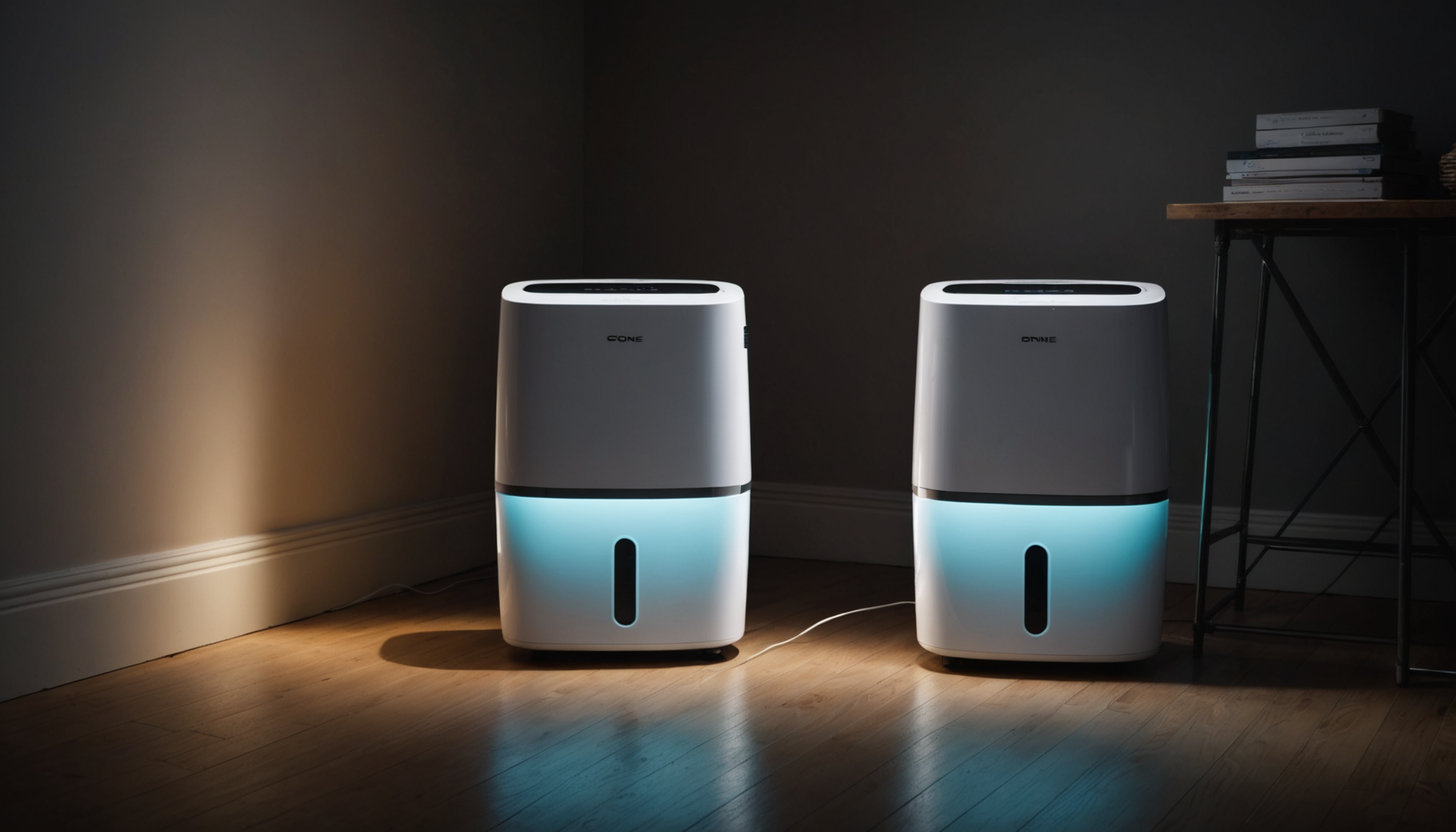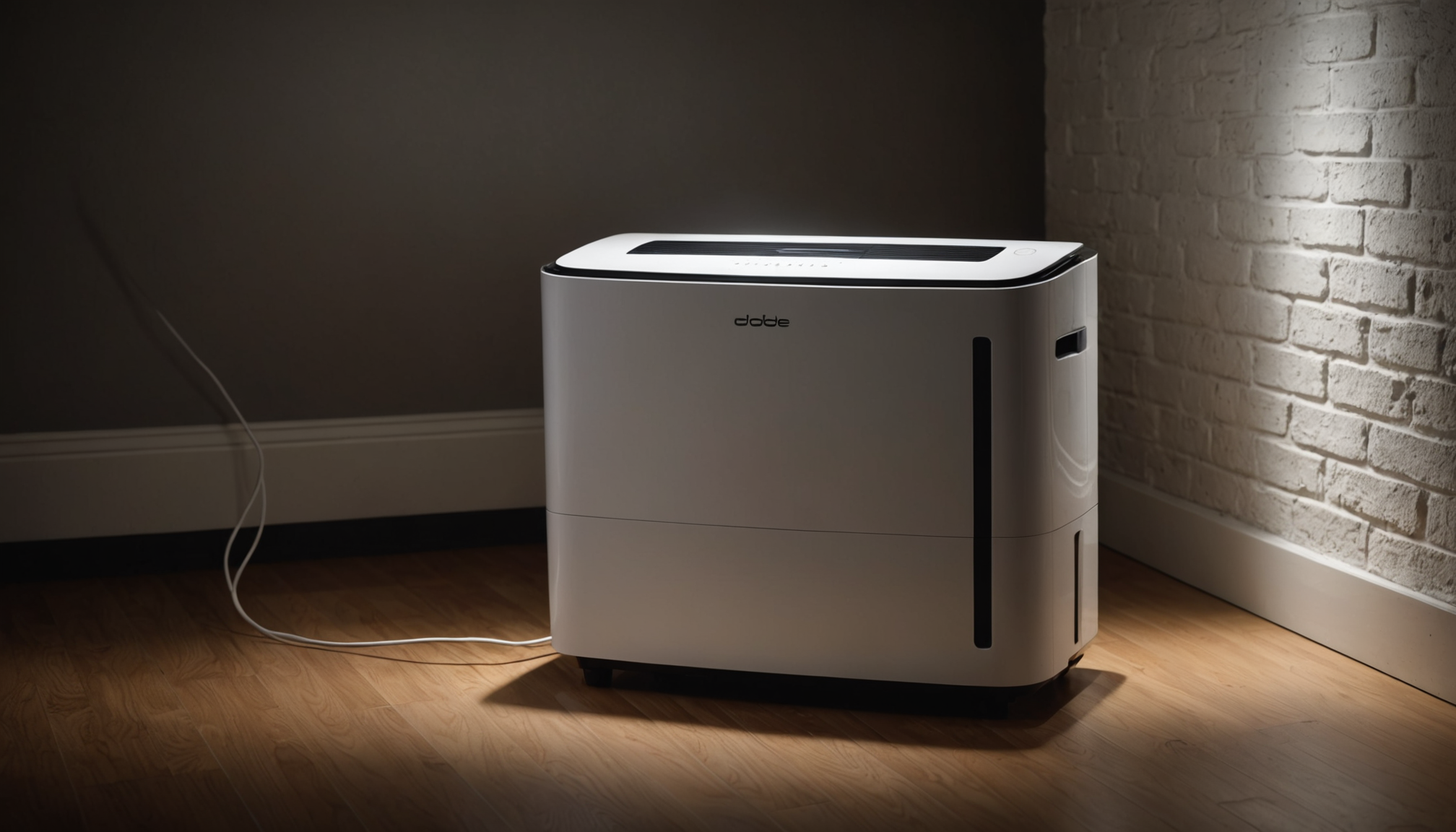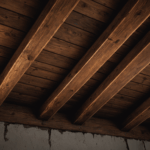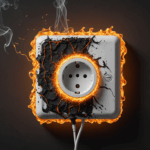Indoor relative humidity plays a crucial role in moisture control and your family’s health. According to the Environmental Protection Agency (EPA), indoor humidity levels should be kept between 30% and 50% to maintain optimal air quality and prevent various health issues. When humidity rises above 60%, it creates perfect conditions for mold growth, dust mites, and other harmful microorganisms.
Research from the Centers for Disease Control and Prevention (CDC) indicates that excessive indoor moisture can trigger respiratory problems, particularly in children and elderly individuals. Studies show that people living in homes with high humidity levels are 40% more likely to develop asthma symptoms and other respiratory conditions. For effective mold prevention, maintaining proper humidity levels is absolutely essential.
The health risks associated with high indoor humidity include:
- Respiratory infections and allergies
- Aggravated asthma symptoms
- Eye and skin irritation
- Structural damage to your home
- Growth of harmful bacteria and viruses
Dr. Sarah Jenkins, an indoor air quality specialist at the American Lung Association, emphasizes that “maintaining proper humidity levels is as important as keeping your home clean for respiratory health.” Excess moisture can also damage your home’s structure, leading to peeling wallpaper, warped wood floors, and compromised insulation. The Department of Energy estimates that humidity-related damage costs American homeowners billions of dollars annually in repairs.
Using a hygrometer to monitor indoor humidity levels is the first step in effective moisture control. These inexpensive devices provide accurate readings of relative humidity, helping you determine when to activate your dehumidifier. The World Health Organization (WHO) reports that maintaining proper humidity levels can reduce the risk of respiratory infections by up to 50%, making it a crucial aspect of home health management.
High-risk areas in your home typically include basements, bathrooms, and poorly ventilated spaces. These areas require particular attention in terms of humidity monitoring and control. The National Association of Home Builders suggests that consistent moisture readings above 60% in any area of your home should prompt immediate action to prevent long-term damage and health issues.
Choosing the right dehumidifier capacity
A proper understanding of dehumidifier capacity is essential for effective moisture control in your living space. The capacity you need depends primarily on your room size and existing humidity levels. For spaces up to 1,500 square feet with moderate humidity, a 30-pint dehumidifier typically suffices. However, larger areas or spaces with severe moisture issues may require units with 50-70 pint capacity.
The Association of Home Appliance Manufacturers (AHAM) recommends calculating your needs based on both square footage and dampness conditions. For instance, a 1,000-square-foot space with very damp conditions requires a 50-pint dehumidifier, while the same area with only moderately damp conditions might need just a 30-pint unit. This appliance guide principle ensures optimal mold prevention while avoiding unnecessary energy consumption.
Climate zones also play a crucial role in capacity selection. Homes in humid regions like the Southeast United States typically require higher-capacity units compared to those in arid areas. For basement applications, experts recommend choosing a unit with slightly higher capacity than calculated, as these spaces tend to accumulate more moisture and have less natural ventilation.
When measuring your space, remember to account for ceiling height. Rooms with high ceilings require more powerful units, as the total air volume is greater. Industry experts suggest increasing your calculated capacity by 10% for every foot of ceiling height above eight feet.
- For very damp spaces (60-70% humidity), choose a dehumidifier with 10-15% more capacity than the recommended minimum
- Basements typically require dehumidifiers with at least 50-pint capacity for effective moisture control
- Multi-room coverage requires calculating the total square footage of all connected spaces
- Consider seasonal humidity variations when selecting capacity – summer months may require higher capacity than winter
Features to look for in modern dehumidifiers
When selecting a modern dehumidifier, several key features can significantly improve moisture control effectiveness and user experience. Built-in humidistats are essential for automatic operation, allowing the unit to maintain desired humidity levels without constant manual adjustment. Digital displays provide accurate readings and make it easier to monitor and adjust settings, which is crucial for proper mold prevention.
Auto-restart capability has become increasingly important, especially in areas prone to power outages. This feature ensures the dehumidifier resumes operation with previous settings once power is restored. Any appliance guide will emphasize the importance of continuous drainage options, which eliminate the need for frequent manual emptying of the water collection bucket.
Key modern features to consider include:
• Auto-defrost function for operation in cooler temperatures
• Programmable timers for scheduled operation
• Multiple fan speeds for different humidity conditions
• Washable and reusable air filters
• Portable design with sturdy wheels and handles
• Low-temperature operation capability (down to 41°F)
• Smart home compatibility for remote monitoring
Common oversights when choosing features include:
• Neglecting noise levels – look for units rated under 50 decibels for quiet operation
• Ignoring the importance of bucket size in units without continuous drainage
• Overlooking the need for frost protection in basement installations
• Failing to consider energy efficiency ratings
• Not checking for user-friendly controls and clear display indicators
Modern dehumidifiers also come with safety features like automatic shut-off when the water bucket is full and child-lock functions. Some advanced models include air quality indicators and can connect to smartphone apps for remote monitoring and control. These smart features help maintain consistent moisture levels even when you’re away from home.
For optimal performance, look for units with adjustable louvers that direct airflow effectively throughout the space. This feature ensures even distribution of dehumidified air and prevents moisture from concentrating in specific areas. The best models also include convenient maintenance indicators that alert you when it’s time to clean filters or perform other routine care.
Top rated dehumidifiers for different spaces
For optimal moisture control in different living spaces, several dehumidifiers stand out based on extensive testing and user feedback. The Frigidaire FFAD5033W1 consistently ranks as a top performer for medium-sized rooms, effectively maintaining humidity levels while operating quietly at 51 decibels. This 50-pint unit excels in spaces up to 1,200 square feet and features reliable continuous drain capability.
For larger areas and basements, the hOmeLabs 4,500 Sq. Ft Energy Star Dehumidifier proves exceptional in mold prevention. Its powerful moisture extraction rate and robust build quality make it ideal for demanding environments. The unit’s Energy Star certification ensures efficient operation, typically removing up to 50 pints of moisture per day while consuming minimal energy.
Compact spaces benefit from the Pro Breeze 1,200 Sq. Ft Dehumidifier, which combines effectiveness with portability. This model’s whisper-quiet operation makes it perfect for bedrooms and home offices. Its intuitive controls and auto-shutoff feature provide worry-free operation, while the transparent water tank allows easy monitoring.
For bathroom and small space applications, the Eva-dry E-333 Renewable Mini Dehumidifier offers a unique solution. This compact unit requires no power to operate and can effectively control moisture in spaces up to 333 cubic feet. The renewable design eliminates the need for regular water emptying, making it an excellent choice for cramped spaces.
The Midea 4,500 Sq. Ft. Dehumidifier stands out in any appliance guide for its smart capabilities. With Wi-Fi connectivity and smartphone control, it allows remote monitoring and adjustment of humidity levels. Its auto-restart feature and continuous drain option make it particularly suitable for vacation homes and rental properties.
Consider these space-specific recommendations:
• Basements: LG PuriCare 50-Pint Dehumidifier
• Living Areas: Honeywell TP50WK
• Bedrooms: Frigidaire FAD301NWD
• Bathrooms: GE APER50LZ
• Whole House: Aprilaire 1820 Pro Dehumidifier
Remember to match your selection to both room size and specific moisture challenges. A properly sized unit operating in the right location will provide optimal performance while maintaining energy efficiency. Keep in mind that investing in a quality dehumidifier appropriate for your space will ensure long-term protection against moisture-related issues and create a healthier living environment.
Maintenance and energy efficiency tips
- How often should I clean my dehumidifier’s filter?
- For optimal moisture control, clean the filter every 2-4 weeks depending on usage and dust levels. Regular filter maintenance ensures efficient operation and prevents the growth of mold within the unit itself.
- Why is my dehumidifier collecting less water than usual?
- A decrease in water collection can occur due to lower room humidity levels or a dirty filter restricting airflow. It could also indicate that your unit needs cleaning or that the room temperature has dropped below the unit’s operating range.
- Should I run my dehumidifier continuously?
- For effective mold prevention, run your dehumidifier until it reaches the desired humidity level (typically 30-50%). Most modern units with built-in humidistats will automatically cycle on and off to maintain proper levels, saving energy.
- How can I reduce my dehumidifier’s energy consumption?
- Place the unit away from walls and furniture to improve air circulation, and seal any room air leaks for better efficiency. Using the auto-humidity setting and cleaning the filter regularly can reduce energy usage by up to 15%.
- When should I replace my dehumidifier?
- Most dehumidifiers last 5-10 years with proper maintenance. According to any reliable appliance guide, signs for replacement include decreased performance, unusual noises, or frequent repairs that cost more than 50% of a new unit’s price.











